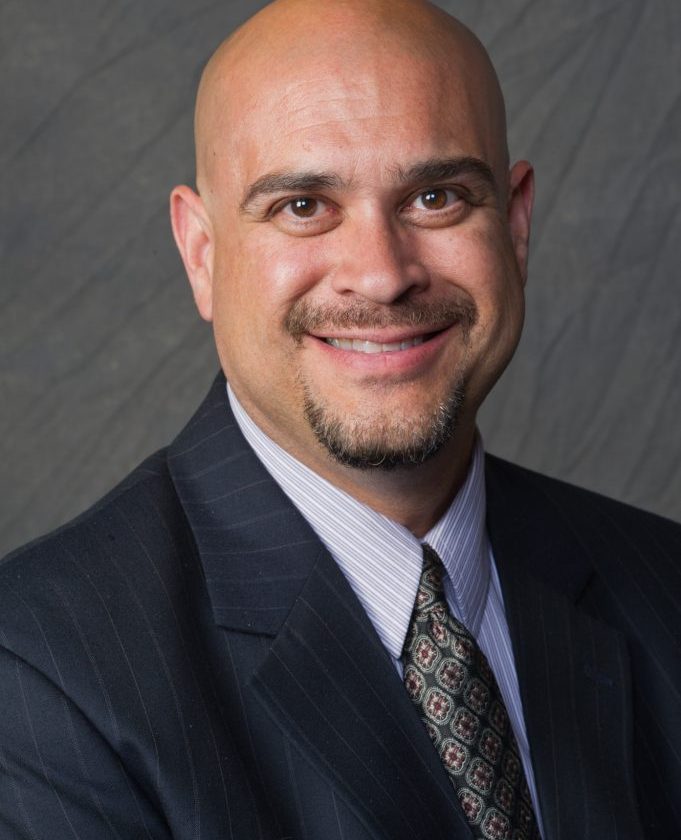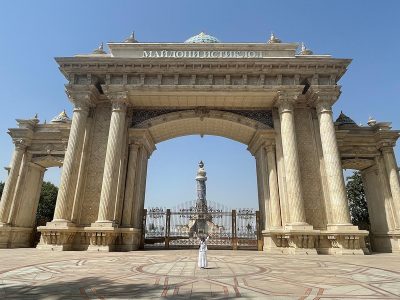What Does It Take to Keep the Olympic Games Safe?: Q&A With Emergency Management Instructor Tony Callisto
As more than 10,000 athletes have prepared to take part in the 2024 Olympic Games in Paris, France, so too have the security personnel tasked with keeping the Olympic Village and athletic venues safe.
Tony Callisto, College of Professional Studies emergency management instructor and retired Syracuse University senior vice president for safety and chief law enforcement officer, has had plenty of experience managing large-scale events, including concerts and athletic events at the JMA Wireless Dome.
SU News sat down with Callisto to ask him for his thoughts on security needs for the Olympics and what it takes to be a good candidate for a career in emergency management.
As someone who has been involved in large-scale event planning, what is the number one thing that keeps you up at night?
Having been involved in many major and large-scale events, the number one thing that would tend to keep me up at night would be the possibility of the need for a mass evacuation or an incident of mass casualties. In planning for these types of events, having a multi-phased evacuation plan with detailed evacuation routes, locations for post-evacuation mustering/areas of refuge and ensuring event staff are fully trained on the evacuation protocols are critical for preparation.
Further, in these types of incidences, it is possible that there would be mass casualties, therefore having a preplan with appropriate medical responder staffing in place is also critical to the success of a large event.
Those in charge of security in Paris have openly discussed their top concern of terrorism. Businesses in the region are worried that tight security will hurt their bottom line. How do you balance the two?

As we think about the Paris Olympics, as with any major international event, the possibility of intentional disruption or even an act of terrorism has to be considered in planning. There are several key elements in security planning, including full threat assessment and analysis, full vulnerability assessment of the venues and protocols for the event, and development of strategies to limit access to only those authorized to be present, and ensuring each of those who are present undergo security screening at specifically designated access points.
In my experience, the less access points there are the better; however, understanding that there will be a significant number of spectators, there needs to be enough controlled access points to accommodate the volume and account for the possibility of the need for evacuating.
All of this does have to be balanced with the enjoyment of the spectators and participants, the ability of businesses to provide services and support the spectators and participants, and limiting the disruption to unrelated businesses impacted by the significant increase in activity and volume in the area.
Without a doubt, as with any major event, there will be business interruptions associated with traffic, street closures, extraordinary building uses, heavy pedestrian activity and increased security measures. The best plans will include sufficient event staffing and training to make the flow of pedestrian and vehicular traffic, spectator access and security processes occur as seamlessly and efficiently as possible.
When an anomaly occurs, there must be a sufficient and swift response from authorities with an immediate focus on protecting life and property, and an urgent secondary focus on recovery and resumption of activities. All of this requires mitigation strategies, preparedness, response capabilities and recovery capacity.
A secondary concern this year is a shortage of security contractors. Is workforce always a concern in public safety?
Of course, in this post-pandemic era, recruitment, training and retention of qualified personnel to provide event-related services and security is a public safety concern. Planners must ensure that there are sufficient financial and benefit incentives to attract qualified and competent event staff. Planners will also have to ensure that training provided to event staff is robust and relevant to the risks, as well as to the services necessary for the success of any major event.
With today’s incredible technology, high resolution video surveillance, paired with behavioral pattern recognition and other analytics, will be a significant force multiplier. Likewise, interoperable radio communications will enable those operating the camera and imaging systems to relay live time critical information to security and law enforcement staff on the ground for rapid response.
All of this requires outstanding leadership and the use of a well-coordinated and integrated “unified command,” including leadership representation from law enforcement, security, event management, fire and emergency medical services organizations.
With regard to the day-to-day staffing needed for general public safety, the same staffing concerns are common around the U.S. and abroad. There are no simple answers, so making these jobs as attractive as possible tend to be the necessary actions to minimize the problem, and ensuring a well-coordinated command structure, using the newest proven security technologies, will help to keep the athletes, fans and community members safe.
You teach classes in emergency management in the College of Professional Studies. What are the qualities of your most successful students?
I find the most successful students in classes about crisis and emergency management tend to be those students who are excellent critical thinkers, have a sense of vision and purpose, and understand the importance of mission.
In the emergency management and crisis management disciplines, mitigation through risk identification and analysis, preparedness through development of protocols and conducting drills and training, response capabilities, and a forward focus on recovery tend to be key components. Students who can think critically, have excellent writing skills and have efficacy to consider appropriate contingencies, tend to excel in crisis and emergency management studies.



